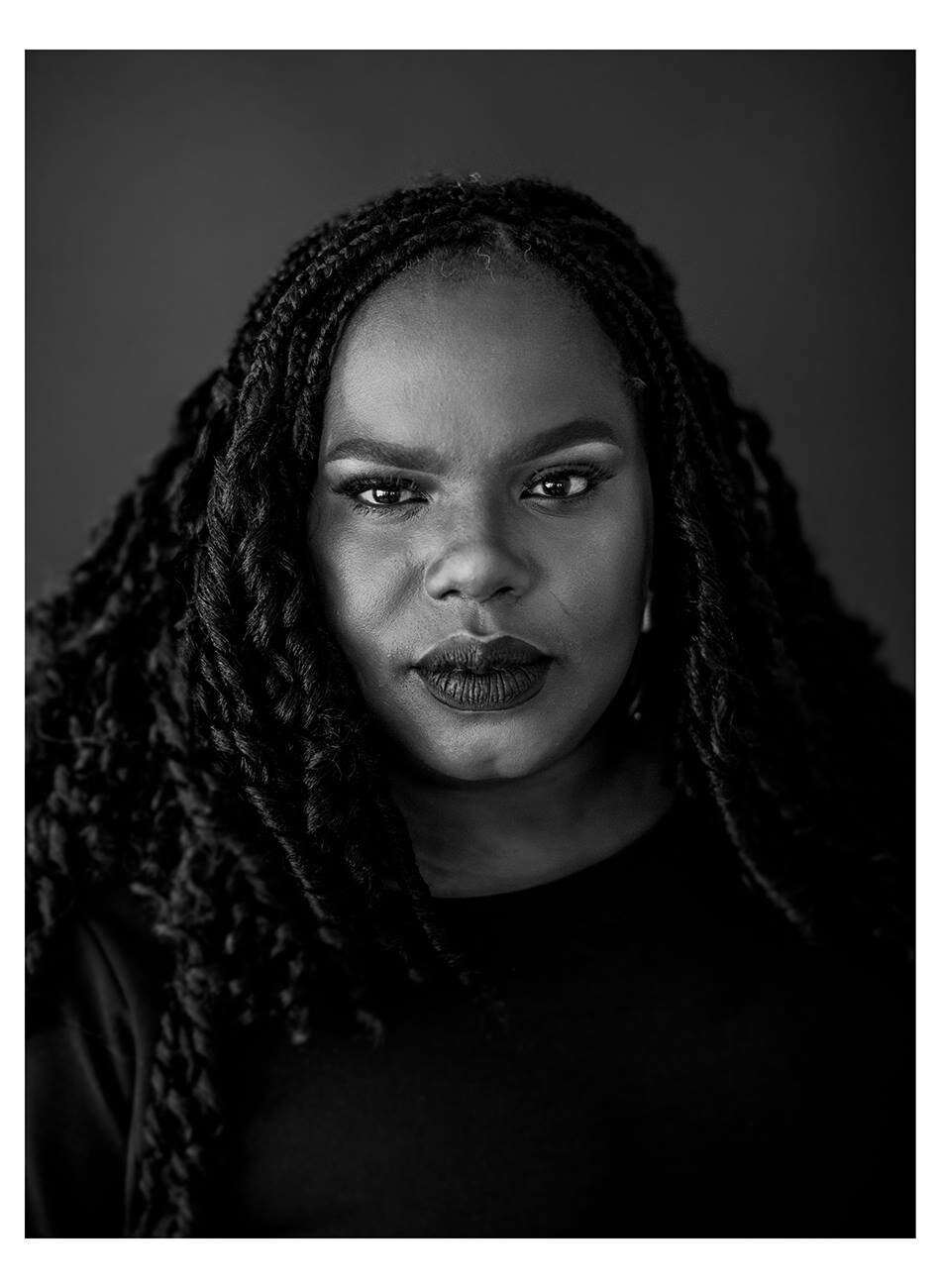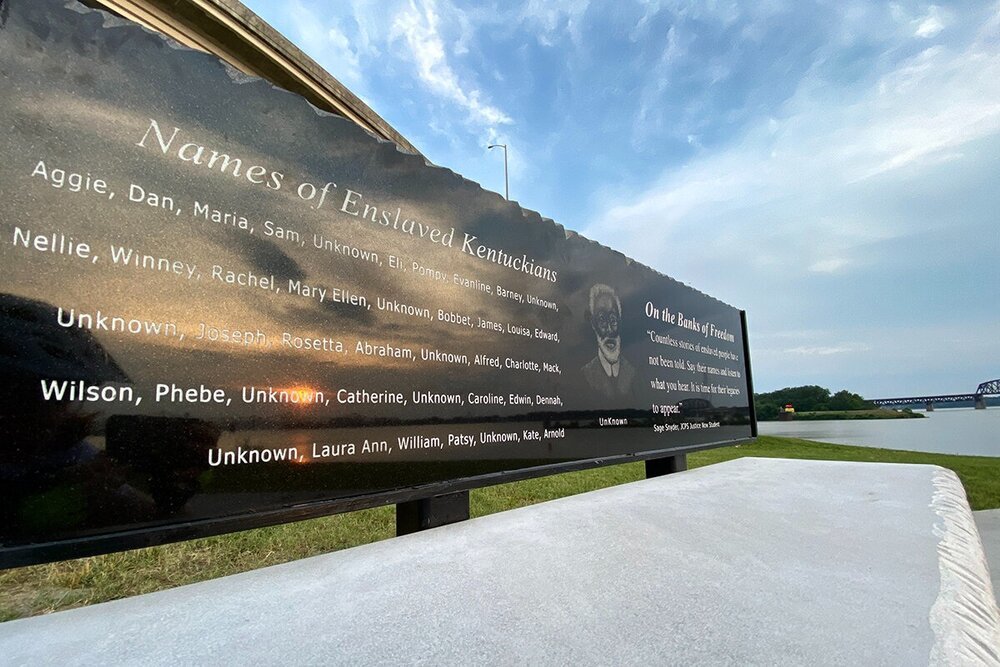The Omni-American Heroine’s Journey
With two sessions left, Greg, Amiel, and I are nearing the end of our six-month course—Stepping Up: Wrestling with America’s Past, Reimagining Its Future, Healing Together. I am convinced, more than ever, that a crucial shift in our mindset is needed to the embrace the heroine journey and the strengths it can bring to confront our societal woes.
The title of the final session is: The Return: Drinking the Elixir Together—exploring how we can embody a more expansive approach in existing relationships and use it to initiate new relationships and commitments. For me, that is the essence of the heroine journey. The following excerpt is the third and final portion of the e-book—Reimagining American Identity—created to frame some of the concepts we would delve into in the months we were to discuss racial reckoning and American identity—one of which being the acknowledgment of and respect for the heroine journey.
Amiel: Murray [Albert] was born in 1916. Although he was ahead of his time in many ways, he was also a product of his time. As he came into adulthood in midcentury America, modern values were on the rise, and postmodern movements like feminism hadn’t yet started to flourish. His high modernist worldview, while visionary, came into being before it could incorporate these new forms of wisdom. How might you update his vision for the 21st century?
Jewel: In The Passion of the Western Mind, author Richard Tarnas maintains that the most obvious generalization about the history of the Western mind is that it has been “an overwhelmingly masculine phenomenon.” In every aspect of Western thought and language, and in central scientific, religious, and philosophical perspectives, he intones masculinity as pervasive and fundamental. Tarnas says that this has served to evolve the autonomous human will and intellect, the independent ego, the self-determining human being. However, to do this, the feminine was repressed.
Amiel: When you speak about the “autonomous human will,” I think about the emphasis that Murray places on individual resilience and achievement. It’s not all he talks about, but it’s a big emphasis. And I think you’re saying it’s necessary but not sufficient.
Jewel: Right. All around us systems are failing—collapsing and disintegrating as they no longer serve our highest values and best visions. This breakdown challenges us to dig deep and unearth a community of being. It calls for a radical shift in consciousness. A big part of this is that we need to integrate the masculine and feminine energies within us—to create a “great archetypal marriage.”
Anything that requires us to “do” something, to take any sort of action, needs masculine energy. Feminine energy is one of “being”—a receptive, heart-centered mode that integrates core values like connection, collaboration, intuition, and empathy. Feminine energy allows us to be a vessel of receptivity, striving for qualitative rather than quantitative growth. Understanding the wisdom and transformative power of the feminine (in both men and women) is essential for us to move, individually and collectively, to a deeper awareness of our own inner nature.
We’ve repressed or dismissed the feminine qualities, so we need to enfold them, as they are central to the work of transformation and rebirth.
Amiel: What will it take to do this?
Jewel: Richard Tarnas says that this integration is “where the real act of heroism is going to be.” It will require humility and courage. And, also determination, as you mention in Greg’s interview with you, Amiel.
Amiel: I’m guessing that men have a big role to play in this.
Jewel: Tarnas says that the masculine has an “evolutionary imperative to see through and overcome its hubris and one-sidedness, to own its unconscious shadow, to choose to enter into a fundamentally new relationship of mutuality with the feminine in all its forms.”
Amiel: As I listen to you, I think it’s fair to say that nobody is going to confuse Tarnas with Murray. They’re speaking a whole different language. And yet part of our project, an integral project, is to mesh together these great thinkers and ideas. One way to do this is with the hero’s journey. It was central to Murray’s understanding of himself and the United States. The hero’s journey might be thought of as a male or masculine project.
Jewel: As she was being interviewed on Marianne Williamson’s podcast, Jean Houston, the philosopher and author, said that she used to argue time and again with Joseph Campbell about there being a heroine’s journey— which Campbell told her was not possible. Houston argued that it was. Hero or heroine, both journeys begin with a call—a yearning that can’t be denied—that needs to be responded to. Houston says that the heroine’s journey emphasizes the process of becoming—to discover a higher usefulness—to find new capacities and new ways of being.
Amiel: This isn’t completely different from Murray’s understanding of the hero’s journey as he writes about in The Omni-Americans and his novels, but definitely, a different flavor. How would you differentiate these? A scene from the movie, The Wiz, a reimagining of The Wizard of Oz
Jewel: The hero’s journey is usually a solo undertaking where a male character sets out to fight the forces, break through the barriers, and slay the dragons. The heroine’s journey is distinct in that it brings along those who are also on a path of discovery and growth. Jean Houston uses the Wizard of Oz as an example. Dorothy sets off on her journey and brings along those who are typically unseen or disempowered. The scarecrow thinks he doesn’t have a brain. The lion is afraid of everything. And the tin man believes he doesn’t have a heart. Respectively, they find out they are smart, brave, and empathetic. In the heroine’s journey, a family is created, and a community is built. We can be each other’s guardians along the journey. It’s about more than bringing a solitary individual to their growth edge.
Amiel: OK, now, unlike that quote from Tarnas, this sounds like something Murray would agree with completely. I’m thinking of his writing about jazz, both as music and as metaphor for the Omni-American vision. Just think of the scarecrow, Dorothy, tin man, and so on as players in a band. So maybe Murray’s hero’s journey writ large included more of what you’re saying than I’m giving him credit for. He may not have been postmodern, but he integrated, particularly when talking about jazz, these values of connection, relationship, and communion that you’re connecting with the feminine and the hero’s journey.
Jewel: Murray demonstrates these values in his classic, Stomping the Blues. And that reminds me of our Jazz Leadership Project principle called Ensemble Mindset, which is our term for the bedrock of high-performing jazz ensembles. It is a mindset that drives collaboration and is fueled by creativity and a sense of shared responsibility and accountability. Jazz musicians create based on a common platform and language, which feeds the cohesion needed to improvise their own voice, welcome syncopation (the unexpected), and swing to the delight of fellow musicians and audiences alike. The Ensemble Mindset is a space of co-existing and co-creation at the highest level we can manifest in that moment. Inhabiting it prompts you to be constantly aware of how you are showing up and how well you function interdependently.
Amiel: Which brings us right back to the heroine’s journey.
Jewel: Absolutely.
Amiel: And what’s possible when we follow both the hero’s journey and heroine’s journey.
Jewel: Yes, it’s the integration of masculine and feminine energies. Perhaps this is how we can change the narratives and the patterns that keep us struggling to truly connect with each other and co-create a better world.
Amiel: I know how deeply rooted you are in the arts—not only jazz but all the arts—and wonder if you could give an example of this.
Jewel: One inspiring example of the heroine’s journey is Hannah Drake. She is a visual artist, spoken word poet, and activist from Louisville, Kentucky, who for years educated herself about the slave trade there. When she visited the National Memorial for Peace and Justice in Montgomery, Alabama, she was surprised that the lynching victims from Kentucky were not identified. It was at that point that she answered the call to create the “(Un)Known Project.” Drake wanted to change the narrative and create a remembrance for these unknown people. Her journey brought together artists, designers, sculptors, words from a 13-year-old activist, and community members sharing their untold stories. When complete, the multimedia project, “(Un)Known Project,“ will include two granite, limestone and steel benches positioned on the bank of the Ohio River with hand-etched images representing female and male slaves, poetry, and metal chains wrapped around the bench legs; four sets of footprints (representing a family) sandblasted into a sidewalk leading to the benches; and a Floating Reconciliation Experience on a steamboat featuring events related to the antebellum South. Drake’s call is to lift up the forgotten.
Amiel: I’m struck by the parallel between this and the Wizard of Oz example you spoke about before. Totally different stories, plus one is fictional and the other very real. Yet they are both about remembering. In the Wizard of Oz, it’s about each character remembering that they already have this quality they think they’ve lost. With Hannah Drake, it’s about remembering people who were murdered and including them in our collective history. We’re talking about some of the highest forms of inclusion.
Jewel: Yes. Embracing the heroine’s journey means that we can find the room to be inclusive and foster deeper connections and relationships. It means, as our tagline for Ensemble Mindset states, “collaborative co-creation through collective intelligence.”
I’ve come to recognize the heroine journey more and more through the lived life of Black American women and will take some time to explore that in future posts.





